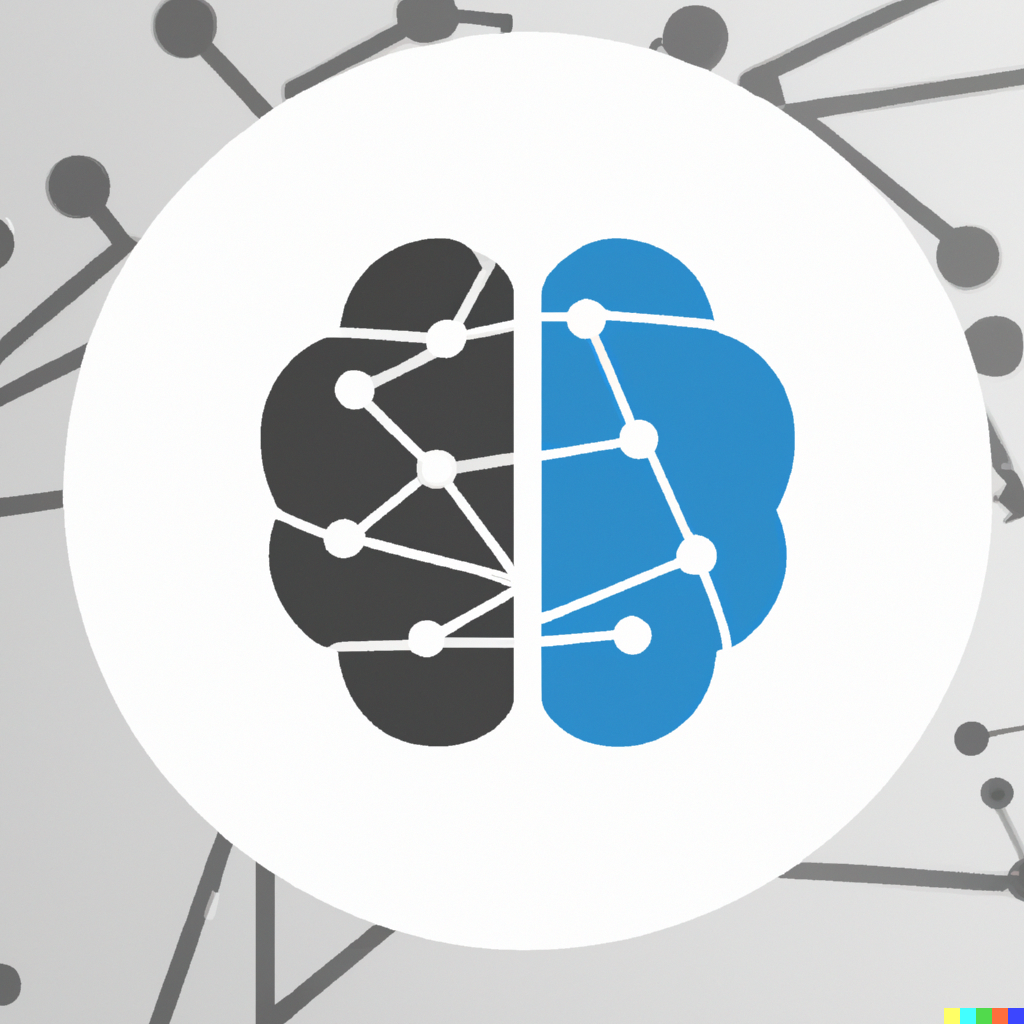Quiz and summary
Contents
4.3. Quiz and summary¶
4.3.1. Quiz 4¶
Complete Quiz 4 to check your understanding of this topic. You are advised to score at least 50% to proceed to the next topic.
4.3.2. Summary¶
In many ways, hypothesis testing is the very core of modern science. It is the process of combining creative thinking with observed data to update our understanding of the world. In this chapter, we learnt about the fundamental concepts of hypothesis testing, including the null hypothesis, the alternative hypothesis, the test statistic, the p-value, and the significance level. We then discussed the different types of hypothesis tests, and how to deal with biases involved with multiple hypothesis testing. We also discussed the different types of errors that can occur when performing hypothesis testing, including Type I and Type II errors.
We also touched on software development cycles, the importance of version control, and the reproducibility of your research.
In this topic, you learnt how to:
Approach your research questions in the framework of hypothesis testing.
How to perform hypothesis tests using Python, and interpret your t-statistic and p-value.
Overcome the biases of multiple hypothesis testing using the Bonferroni correction and the concepts of FWER and FDR.
Understand some paradigms of software development and the use of Github.
How to ensure the reproducibility of your research.
4.3.3. References and further reading¶
This material is based on the following resources:
The Textbook: James G, Witten D, Hastie T, Tibshirani R., An Introduction to Statistical Learning, Second Edition, Springer, 2021. PDF [James et al., 2021]
